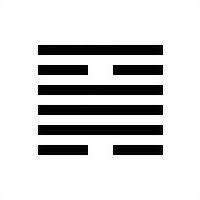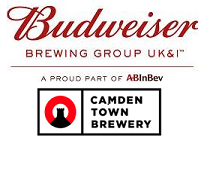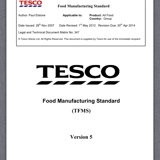Title Page
-
Site conducted
-
Conducted on
-
Prepared by
-
Location
GENERAL
-
Floors must be suitably hard wearing to meet the demands of the process, and withstand cleaning materials and methods. They must be impervious and maintained in good repair. They should be free of excessive paint bubbles or loose tiles which can harbor microbiological contamination. They should be visibly clean and free from off-odors or excessive accumulation of biofilms and debris.
-
Floor drains are visibly clean and free of off-odors or excessive accumulation of biofilms and debris (use flash light).
-
Pest control traps must be placed inside the plant on both sides of all exterior doors. Pheromone traps and electric fly killers (EFK) must be used where applicable. There is no visible evidence of bird, rodent or insect infestation, such as feathers, hair, urine, droppings, insect wings, spider webs, etc.
-
Walls and roofs must be constructed, finished and maintained to prevent the accumulation of dirt, minimize condensation and mold growth, and facilitate cleaning. Interior walls must be free of signs of non-repaired prior leaks, moisture ingress or excessive condensation. Interior walls must not have excessive holes, cracks, flaking paint or mold accumulation.
-
Suitable and sufficient lighting must be provided for correct operation of processes, inspection of product and effective cleaning. All lights are either shatterproof or fitted with covers, lighting is adequate to provide a safe working environment.
-
Production equipment (vessels, valves, pumps, pipes, etc.) exteriors are clean and free from dust, stains, mold and dirt in general.
-
Production tools (brushes, brooms, shovels, etc.) used for the cleaning of non-production areas are stored in cabinets, shelves or hooks, labeled as non-food contact and kept away from food contact tools. Production tools are in good condition, replaced when defective.
-
Glass or other brittle materials must be excluded or protected against breakage in areas where open products are handled or there is a risk of product contamination.
-
Secondary containers are properly stored and labeled to meet Food Safety requirements. Secondary containers are kept clean and free of residue. All containers used for the measurement and dispensing of adjuncts and processing aids must be properly labeled or color-coded, and washed thoroughly after use before being stored in a clean dry place. Labeled containers must only be used (or contain materials) as indicated on their label.
-
Bulk materials and equipment are stored a minimum distance of 45 cm (18 inches) from walls. Bulk materials are stored off-the-floor, on clean pallets, racks or shelves to facilitate cleaning. Opened containers are closed and properly sealed when not in use.
-
Adequate ventilation and extraction must be provided in product storage and processing environments to prevent condensation or excessive dust. Equipment used for air movement must be free of dust build up, oil leaks, have working hinged louvers, be properly screened and fully functioning. Environmental filters must be used as needed and replaced on a regular schedule.
-
Where temporary repairs are made, these must be controlled to ensure the safety or legality of product is not jeopardized. These temporary measures must be permanently repaired as soon as practicable and within a defined timescale.
-
Wood should not be used in open product areas except where this is a process requirement (e.g. maturation of products in wood). Where the use of wood cannot be avoided, the condition of wood must be continually monitored to ensure it is in good condition and free from damage or splinters which could contaminate products
-
The control of the use of sharp metal implements including knives, cutting blades on equipment, needles and wires is required. Snap-off blade knives must not be used.
-
All materials and equipment are stored off-the-floor, on clean pallets, racks or shelves.
-
Cleaners, lubricants, or any other potential contaminants/chemicals are stored away from product and open vessels. Any food grade chemicals/lubricants must be segregated from non-food grade chemicals/lubricants. Chemicals and food grade materials/ingredients cannot be stored in the same area/room.
-
Doors must be maintained in good condition. External doors must be close fitting or adequately proofed. External doors to open product areas must not be opened during production periods except in emergencies. Where external doors to enclosed product areas are opened, suitable precautions must be taken to prevent pest ingress. Exterior doors and/or air curtains provide an adequate barrier against rodent, bird and insect entry (functional, sealed, in good repair).
-
All water used within the plant that may contact product or product contact surfaces must be potable.
-
No repair spare parts are found in the area, e.g.: screws, packing rings, welding rods, etc.
-
CIP stations, all dosing points must be clearly labeled with the name of the chemical that must be dosed there. Correct chemical to be connected.
-
Containers with chemicals must be labeled clearly by supplier, including the safety icons. The storage place for the container must also be labeled to make sure to separate acid from alkali & oxidizing agents. Oxidizing agents must be stored on plastic pallets, no wood! All chemicals must be stored on secondary containments to avoid contamination or mixture of chemicals in the sewer system or damage to the floor & sewers. Safety instructions, MSDS & compatibility matrix to be published & respected in storage area.
-
No excess lubrication is observed for any equipment.




















